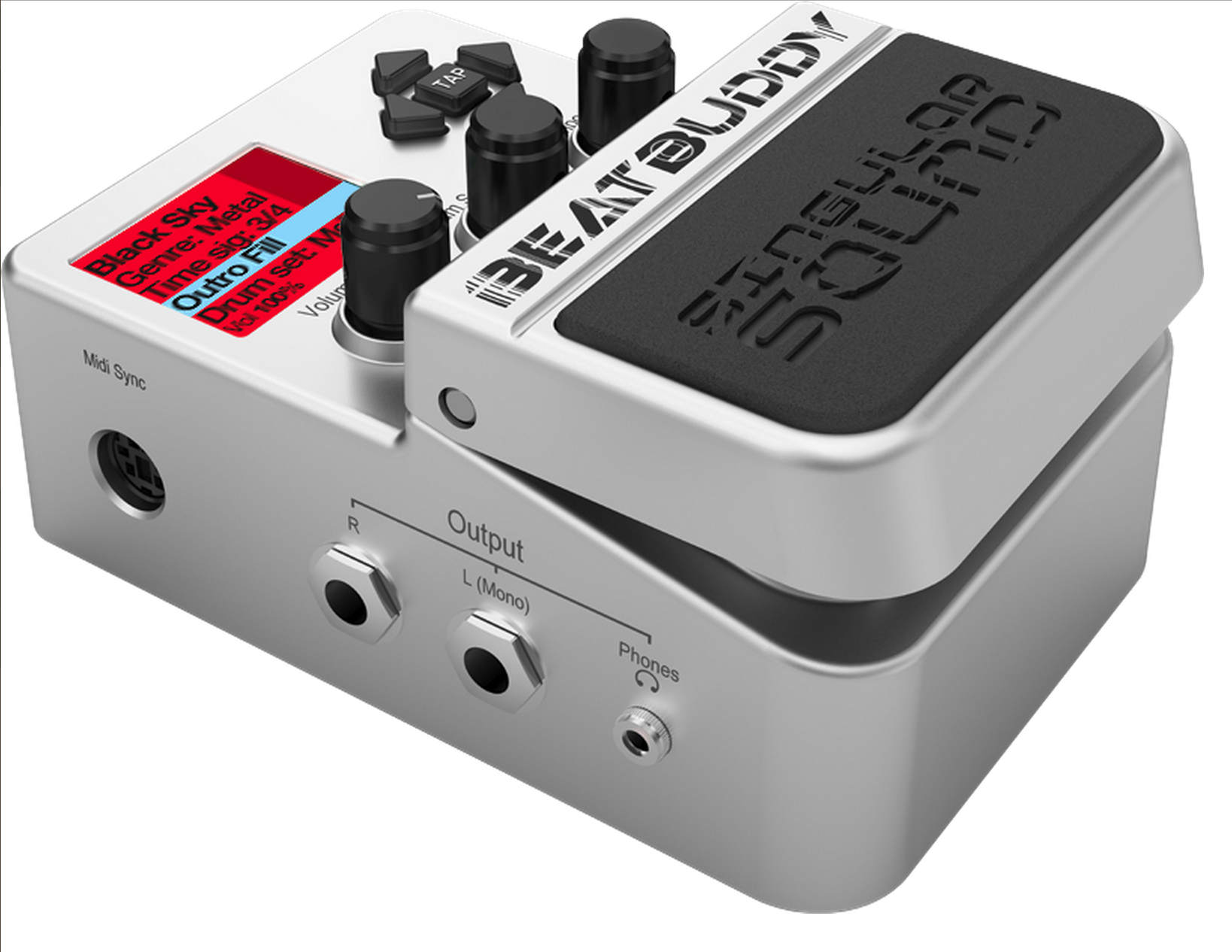

While playing, the performer loosens or tightens the string, band, or tape fastened around the drum’s body to generate different pitches. While this drum is dual-headed, the player strikes its upward-facing surface with a stick, traditionally held in the right hand. Performance: The edakka is played standing, suspended with a cloth strap on the left shoulder. The edakka’s drum heads are said to represent the sun and the moon, among many other sacred beliefs. Often compared to the talking drum or the pan-Indian damaru, this drum is pleasantly high-pitched and players can perform simple melodies extending about an octave.

Structure: The body of this small, dual-headed cylindrical drum is traditionally carved from sandalwood or jackfruit, with softened animal hide used for both drum heads. Today, caste barriers are less dominant in the performance of these art forms. The drum is specifically associated with a few distinct castes such as the Marars of Ambalavasi, a ‘temple-dwelling’ brahminic community that historically owned the duty of performing Hindu sacred rites and arts. Origin: While the edakka originates in Kerala, it’s believed to be a gift from the deity Shiva in Indian mythology.


In ensembles, it typically reinforces the band by playing sparser and steadier rhythms. Both fingers and palms are used to strike this drum.įunction: Generating earthy bass frequencies, this drum is considered a sacred instrument or ‘devavadhyam.’ In mythology, it’s said to evoke the sound of the deities Shiva and Parvathi. Due to its weight and size, the drum is suspended with cloth ropes on the player’s body and rested against their hip. Performance: The madhalam is played standing. For example, the heads of the suddha maddalam have distinct pitches. Each is constructed slightly differently, varying in size and tonality. There are three types of madhalam drums: toppi maddalam, vira maddalam, and suddha maddalam. Structure: The madhalam is a cylindrical two-headed drum with a body made of jackfruit and a head made from cow or buffalo hide. There are also alleged accounts of this drum being mentioned in the Mahabharata. Origin: Since the thirteenth century, the artisans of the central Kerala district Palakkad have been honing the craft of making this drum over generations. Therefore, this instrument is often the lead for Panchavadayam ensembles, with the players typically lined up at the front and center of the band while performing fast patterns. Both fingers and palms are used when striking this drum.įunction: The thimila has a balanced sound that’s neither too high or low pitched. Performance: Using a shoulder strap, the player suspends the drum on their waist and beats both skins with their hands. Leather braces secure the skins to the drum body, and are also twined around the barrel of the drum to give the player control over the tension of the heads (which in turn control the pitch). Its body is traditionally carved from jackfruit wood, and its two drum heads are made from calf skin. Structure: The thimila is an hourglass-shaped dual-headed drum. Origin: While specifics are unknown, the thimila possibly originates from Kerala due to its centrality in Panchavadayam performance. With the Malayalam word ‘Panchavadayam’ literally translating into ‘five instruments,’ this article outlines the unique properties of the thimila, madhalam, elathalam, edakka, and kombu. Like many melams, Panchavadayam’s performance style is described as ‘pyramid-like’-in each rhythmic cycle (or ‘tala,’ the cyclical meter at the core of South Asian music), the tempo of the music increases as the number of beats decreases. While the instruments in this list are played across multiple art forms and regions of South India, they all come together in ‘Panchavadyam,’ an ensemble style originating in the state of Kerala on South India’s Malabar Coast. In this article, we explore five instruments that are united by their centrality to the ‘temple arts’ and ensemble (or ‘melam’) performance. Like many musical traditions from the subcontinent, Asia, and beyond, many instruments and timbres originating in South India evolved from deep-rooted practices of worship of local and broader deities, and moreover, the demonstration of spiritual devotion through performance and dance. Following a detailed overview of the percussion traditions of South Asia, we’re back with another round of exciting instruments-this time with a spotlight on South India.


 0 kommentar(er)
0 kommentar(er)
